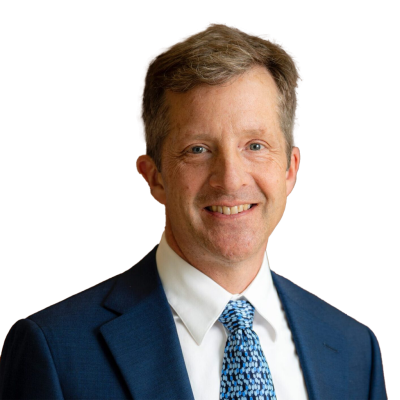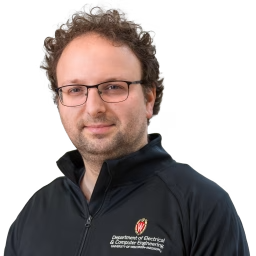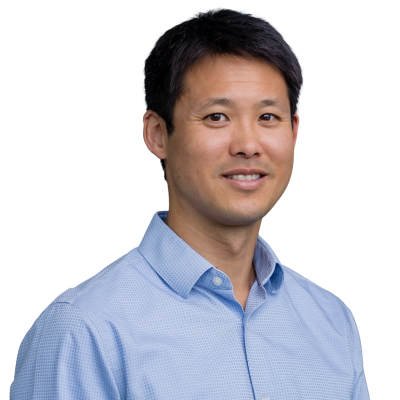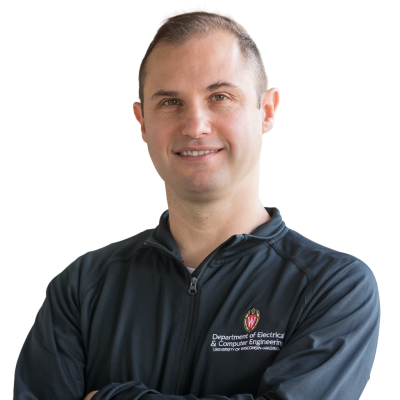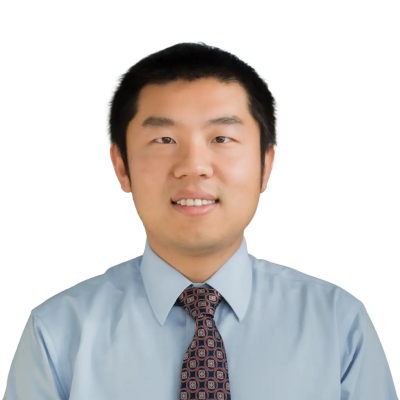Built on a legacy of engineering excellence
UW–Madison has a long-standing reputation for engineering breakthroughs that have shaped modern technology. From Jack Kilby’s integrated circuit to John Bardeen’s transistor, our contributions continue to influence how industries evolve and operate.
Wisconsin CHIPS, supported by the Grainger Institute for Engineering, builds on that foundation with a practical focus: advancing semiconductor research through coordinated, cross-disciplinary collaboration. We’re working to strengthen Wisconsin’s role in the semiconductor ecosystem by leveraging existing expertise and addressing today’s industry challenges.
We operate with a straightforward mindset—work hard, stay flexible, and keep improving. Guided by Midwestern values like persistence and practicality, we prioritize solutions that are efficient, sustainable, and relevant to both industry and the communities we serve.
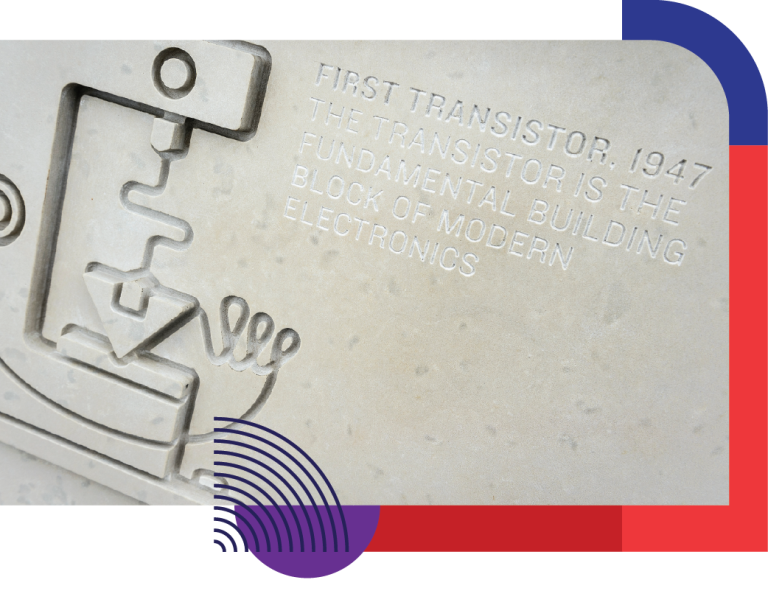
Advancing electronics through collaborative research
Our work is rooted in solving real challenges across semiconductor technology. By bringing together expertise from multiple disciplines, we’re developing solutions that support researchers, serve industry needs, and strengthen local communities.
We focus on areas where innovation meets impact, including:
Wide Bandgap (WBG) semiconductors, like gallium nitride (GaN) and silicon carbide (SiC), are advancing chip innovation. These materials offer higher efficiency and thermal stability, leading to more powerful and efficient electronic devices.
Beyond Silicon is exploring advanced materials like carbon nanotubes and gallium nitride to overcome silicon’s limitations. This work aims to enhance chip performance and efficiency, significantly impacting mobile computing and electric vehicles.
Quantum Information Science (QIS) research focuses on practical quantum systems. Our work on superconducting and semiconducting qubits, materials science, and microwave engineering aims to solve key challenges in quantum computing. This research integrates quantum technologies into semiconductor processes.
Heterogenous Integration/Chiplet research focuses on modular chip designs to enhance performance and scalability. Our innovations improve data locality and synchronization, addressing challenges in multi-chiplet systems, and enable more efficient and powerful computing solutions.
AI-Aided Manufacturing research significantly influences chip innovation by optimizing production processes and improving yield and quality control. By leveraging machine learning and data analytics, researchers can enhance the precision and efficiency of semiconductor manufacturing, leading to faster development cycles and more reliable chips. Integrating advanced AI techniques helps address complex chip design and fabrication challenges, ultimately driving innovation in the semiconductor industry.
Photonics technologies have enabled high-bandwidth communication between computers, and are now expanding to every area of semiconductor technology, including materials characterization, wafer inspection, and on-chip data flow. Emerging research areas include the integration of quantum components and the management of radiative heat flow in semiconductor devices. Advances in optics and photonics will lead to more efficient and powerful electronic devices.

